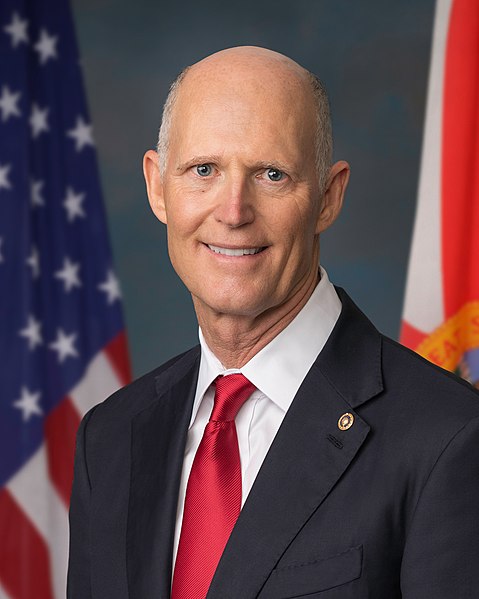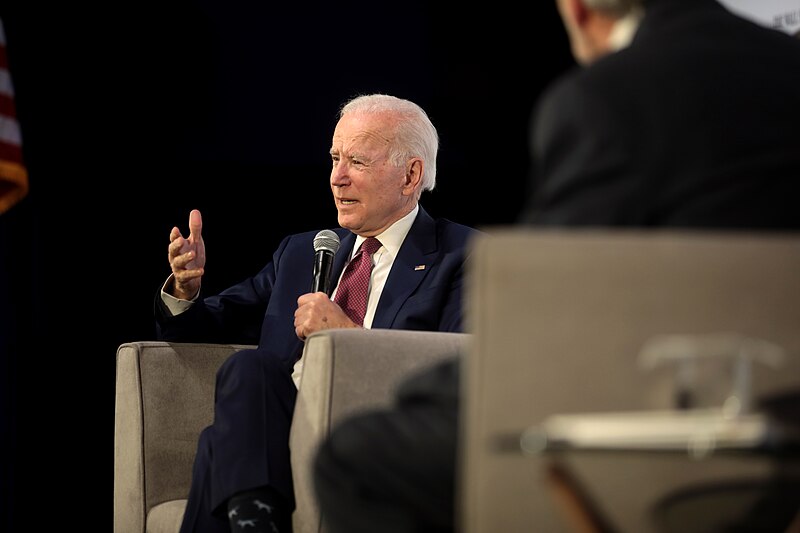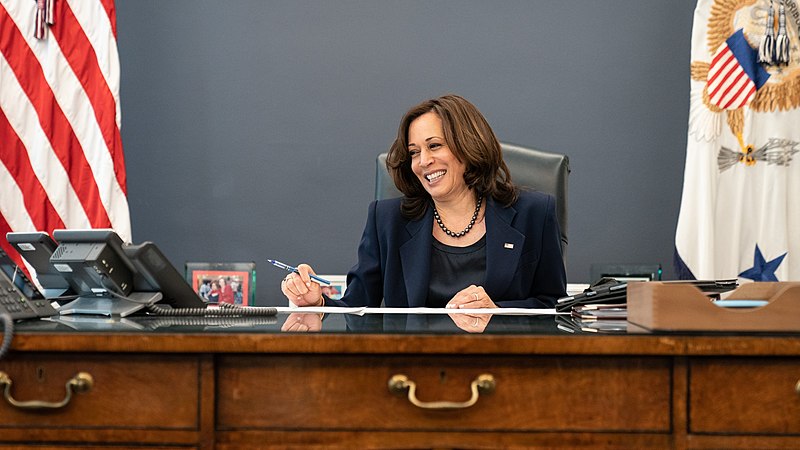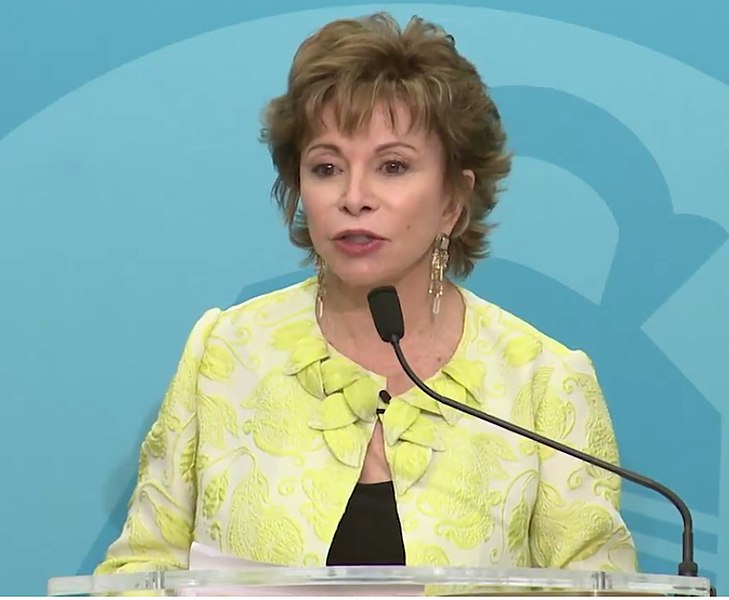Born on October 9, 1964, Guillermo del Toro was able to parlay his childhood love of the macabre into a highly successful career as a filmmaker, making his feature debut in 1993 with Cronos. He helmed the comic-book adaptations Blade II and Hellboy before directing Pan’s Labyrinth, an acclaimed, artfully distinguished film that was nominated for a Foreign Language Film Academy Award. Del Toro also directed the action blockbuster Pacific Rim and the haunted house/period piece Crimson Peak, before snagging his first Oscar win for Best Director with the sci-fi romance The Shape of Water.
Del Toro was born in Guadalajara, the son of Guadalupe Gómez and automotive entrepreneur Federico del Toro Torres, both of Spanish, Irish and German descent. Raised in a strict Catholic household, he studied at the Centro de Investigación y Estudios Cinematográficos, at the University of Guadalajara. While there he published his first book, a biography of Alfred Hitchcock, a director he has long praised and admired.
When del Toro was about eight years old, he began experimenting with his father's Super 8 camera, making short films with Planet of the Apes toys and other objects. One short focused on a “serial killer potato” with ambitions of world domination; it murdered del Toro's mother and brothers before stepping outside and being crushed by a car. Del Toro made about 10 short films before his first feature, including one titled Matilde, but only the last two, Doña Lupe and Geometria, have been made available. He wrote four episodes and directed five episodes of the cult series La Hora Marcada, along with other Mexican filmmakers such as Emmanuel Lubezki and Alfonso Cuarón.
Del Toro studied special effects and make-up with special-effects artist Dick Smith. He spent 10 years as a special-effects make-up designer and formed his own company, Necropia. He also co-founded the Guadalajara International Film Festival. Later in his directing career, he formed his own production company, the Tequila Gang.
Del Toro got his first big break when Cronos (1993) won nine Ariel Awards (the Mexican equivalent of the Oscars), then went on to win the International Critics Week Prize at Cannes. Following this success, del Toro made his first Hollywood film, Mutação (1997), starring Mira Sorvino.
Next for del Toro, was A Espinha do Diabo (2001), a Spanish Civil War ghost story. The film was hailed by critics and audiences alike, and del Toro decided to give Hollywood another try. In 2002, he directed the Wesley Snipes vampire sequel, Blade II: O Caçador de Vampiros (2002).
On a roll, Del Toro followed up Blade II: O Caçador de Vampiros (2002) with another successful comic-book inspired film, Hellboy (2004), starring one of Del Toro's favorite actors, Ron Perlman.
As a producer or writer, he worked on the films The Orphanage (2007), Don't Be Afraid of the Dark (2010), The Hobbit film series (2012–14), Mama (2013), The Book of Life (2014), Pacific Rim: Uprising (2018), Scary Stories to Tell in the Dark (2019), and The Witches (2020).
With Chuck Hogan, he co-authored The Strain trilogy of novels (2009–2011), later adapted into a comic-book series (2011–15) and a live-action television series (2014–17). With DreamWorks Animation, he created the Netflix animated series Trollhunters (2016–18), 3Below (2018–19), and Wizards (2020), the three installments of the Tales of Arcadia trilogy, based on the 2015 novel he co-wrote with Daniel Kraus. Also with DreamWorks, he executive produced Puss in Boots (2011), Kung Fu Panda 2 (2011), Rise of the Guardians (2012), and Kung Fu Panda 3 (2016).
In 2019, Del Toro participated in the Death Stranding video game project, in which he appeared as a character in the game. He worked with game director Hideo Kojima on 2015's aborted Silent Hills project.
Del Toro's work has been characterized by a strong connection to fairy tales and horror, with an effort to infuse visual or poetic beauty in the grotesque. He has had a lifelong fascination with monsters, which he considers symbols of great power.
Sources:
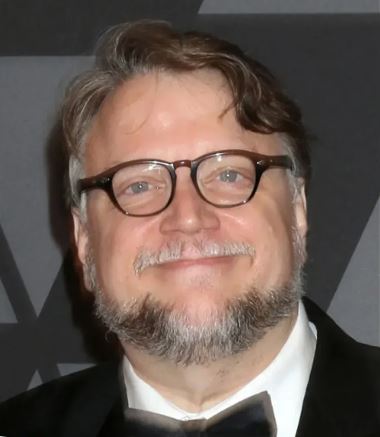 britannica.com
britannica.com


